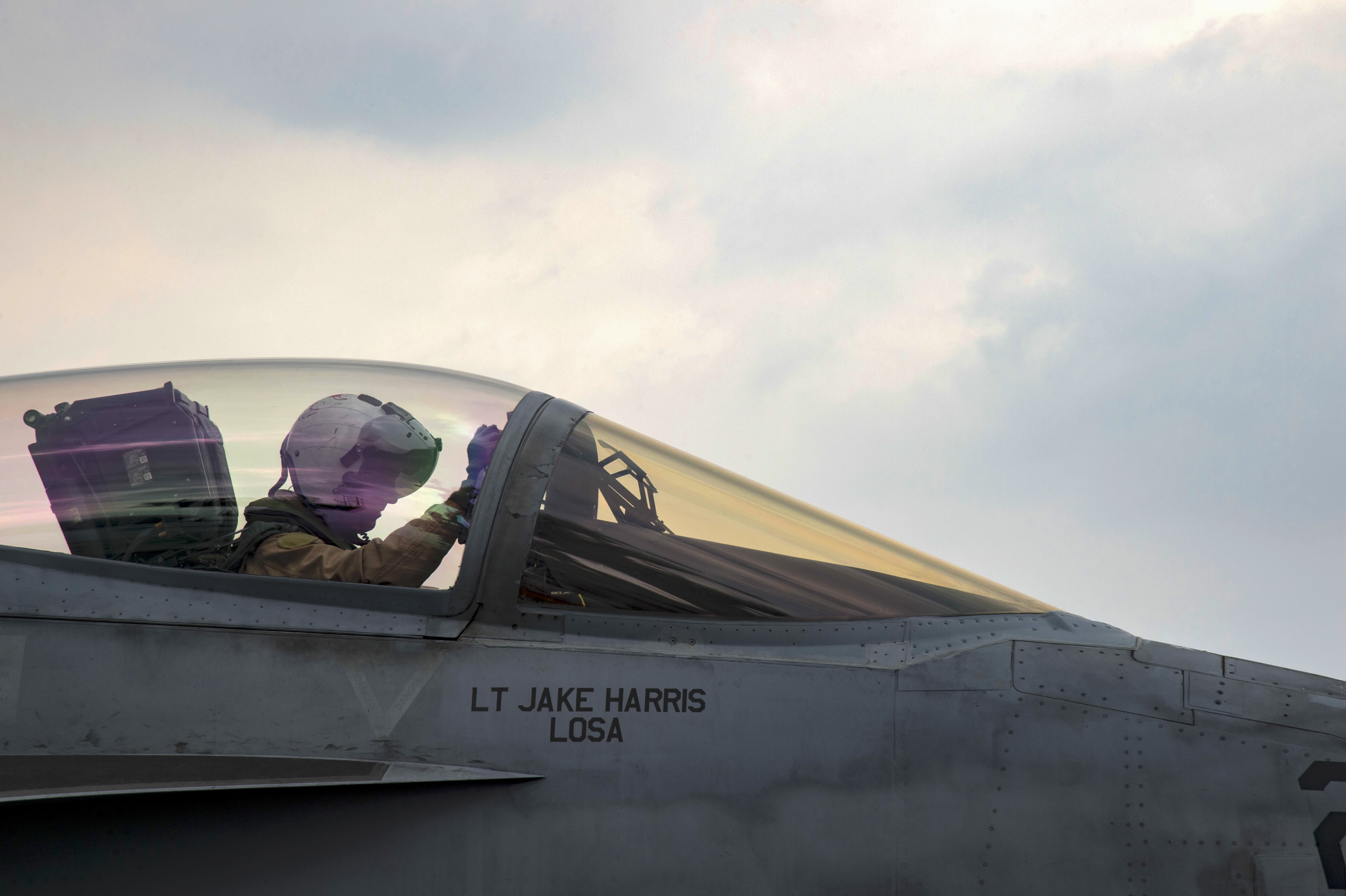
Navy Clear on Causes of Physiological Events in Pilots; Final Recommendations Released for PE Mitigation
The Navy now understands what has been causing physiological events in aviators – which spiked so sharply in 2017 that…
Copyright 2024 U.S. Naval Institute. All Rights Reserved.